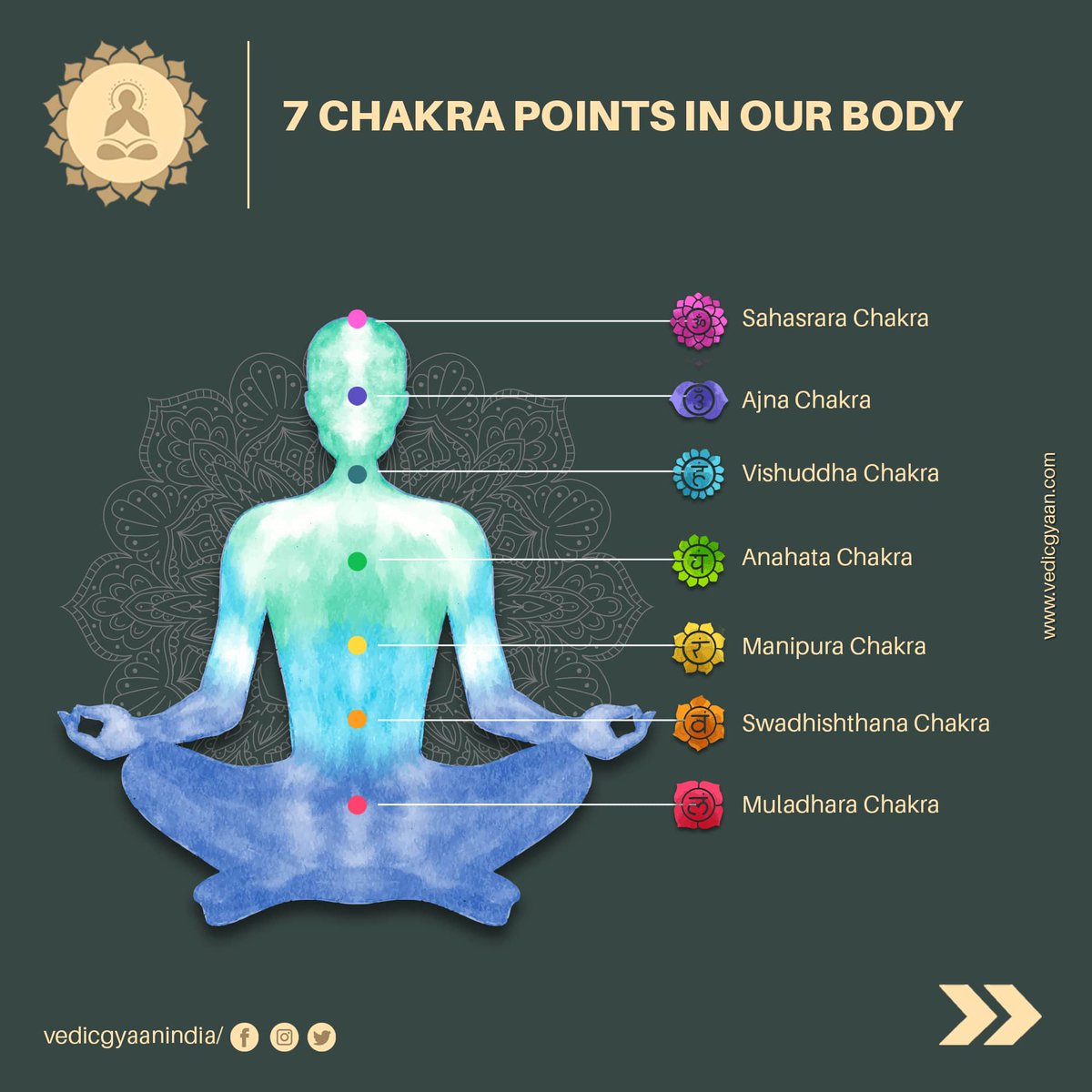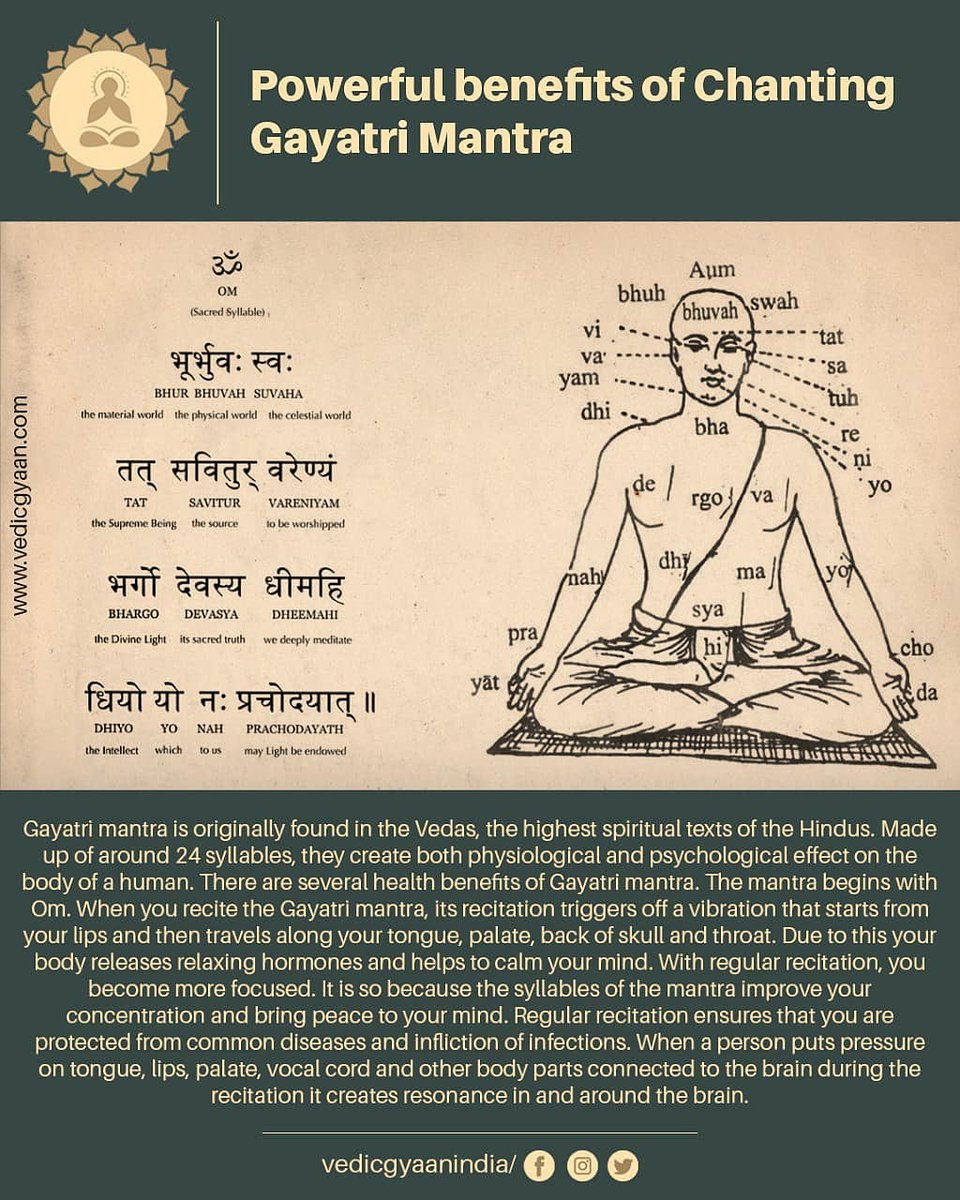
The chorus of this song uses the shlokas taken from Sundarkand of Ramayana.
It is a series of Sanskrit shlokas recited by Jambavant to Hanuman to remind Him of his true potential.
1. धीवर प्रसार शौर्य भरा: The brave persevering one, your bravery is taking you forward.
It is a series of Sanskrit shlokas recited by Jambavant to Hanuman to remind Him of his true potential.
1. धीवर प्रसार शौर्य भरा: The brave persevering one, your bravery is taking you forward.
2. उतसारा स्थिरा घम्भीरा: The one who is leaping higher and higher, who is firm and stable and seriously determined.
3. ुग्रामा असामा शौर्या भावा: He is strong, and without an equal in the ability/mentality to fight
3. ुग्रामा असामा शौर्या भावा: He is strong, and without an equal in the ability/mentality to fight
4. रौद्रमा नवा भीतिर्मा: His anger will cause new fears (in his foes).
5.विजिटरीपुरु धीरधारा, कलोथरा शिखरा कठोरा: This is a complex expression seen only in Indic language poetry. The poet is stating that Shivudu is experiencing the intensity of climbing a tough peak, and
5.विजिटरीपुरु धीरधारा, कलोथरा शिखरा कठोरा: This is a complex expression seen only in Indic language poetry. The poet is stating that Shivudu is experiencing the intensity of climbing a tough peak, and
likening it to the feeling in a hard battle, when you see your enemy defeated, and blood flowing like a rivulet. This is classical Veera rasa.
6.कुलकु थारथिलीथा गम्भीरा, जाया विराट वीरा: His rough body itself is like a sharp weapon (because he is determined to win).
6.कुलकु थारथिलीथा गम्भीरा, जाया विराट वीरा: His rough body itself is like a sharp weapon (because he is determined to win).
Hail this complete hero of the world.
7.विलयगागनथाला भिकारा, गरज्जद्धरा गारा: The hero is destructive in the air/sky as well (because he can leap at an enemy from a great height). He can defeat the enemy (simply) with his fearsome roar of war.
7.विलयगागनथाला भिकारा, गरज्जद्धरा गारा: The hero is destructive in the air/sky as well (because he can leap at an enemy from a great height). He can defeat the enemy (simply) with his fearsome roar of war.
8.हृदय रसा कसरा, विजिथा मधु पारा पारा: The poet is saying that he might have been a ferocious warrior (against the mountain) till now, but after his victory, he will become soft hearted.
9.भयागारामशव विभवसिन्धु, सुपराधनगम भरणारंधी: These final lines are a form of shanti mantra
9.भयागारामशव विभवसिन्धु, सुपराधनगम भरणारंधी: These final lines are a form of shanti mantra
mantra to calm down his excited warrior state of mind. Killer of fear (form of shiva and Shakti together) Ocean of wealth
10.सुपराधनगम भरणारंधी, भयागारामशव विभवसिन्धु: Now content after reaching his goal (end of a tough journey), and that his battle is now over
#hanumanjanmotsav
10.सुपराधनगम भरणारंधी, भयागारामशव विभवसिन्धु: Now content after reaching his goal (end of a tough journey), and that his battle is now over
#hanumanjanmotsav
• • •
Missing some Tweet in this thread? You can try to
force a refresh















